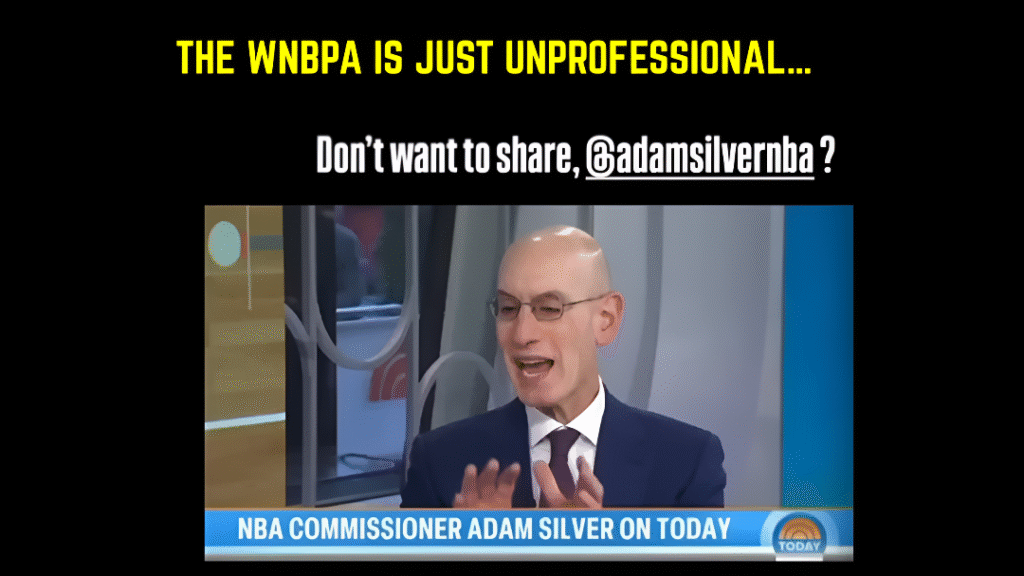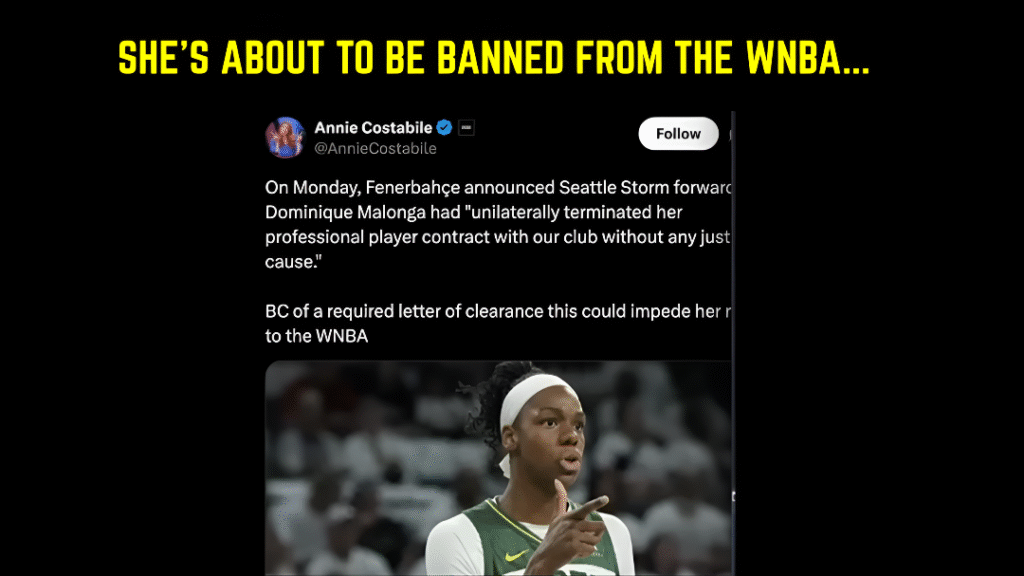Are WNBA superteams 2025 helping or hurting the league? We break down the impact of star-studded rosters, fan reactions, and playoff implications.
The rise of WNBA superteams in 2025 has taken center stage, igniting debates across social media, fan forums, and even locker rooms. With stacked rosters like the Las Vegas Aces and New York Liberty grabbing headlines and hoarding talent, the question is everywhere: are superteams good for women’s basketball 2025, or are they damaging competitive balance?
From blockbuster trades to free-agent coups, the WNBA has entered a new era of big moves and bigger expectations. Let’s dive into how these superteams are changing the landscape of the league—for better or worse.
What Is a WNBA Superteam?
A WNBA superteam is a roster loaded with multiple All-Stars or MVP-caliber players, often formed through aggressive trades and high-profile signings. Think NBA-style power moves—just with a W twist.
2025 examples:
- Las Vegas Aces: A’ja Wilson, Kelsey Plum, Chelsea Gray
- New York Liberty: Breanna Stewart, Sabrina Ionescu, Jonquel Jones
- Phoenix Mercury: Diana Taurasi, Brittney Griner, Paige Bueckers
These teams aren’t just deep—they’re loaded.
Recent Moves That Created Today’s Superteams
Some of the biggest moves that fueled this trend include:
- Paige Bueckers signing with Phoenix Mercury, adding youth to veteran firepower.
- Breanna Stewart re-signing with the Liberty, alongside Ionescu and Jones.
- The Aces retaining their core, fresh off back-to-back championships.
According to the WNBA, 2025 saw a record number of multi-year max contracts handed out in free agency, signaling a major shift in team-building strategy.
Superteams vs. Balanced Rosters: A Comparison
| Category | Superteams (Aces/Liberty) | Balanced Teams (Fever/Sky) |
|---|---|---|
| Avg. All-Stars | 3+ | 1–2 |
| Win Percentage | .720+ | .540–.600 |
| Playoff Appearances | Guaranteed | Wild card range |
| Star Power | High | Rising |
While superteams boast instant success and star appeal, teams like Indiana (with Caitlin Clark) and Chicago (with Angel Reese) rely on development, chemistry, and grit.
What Fans Are Saying on Social Media
Fan reaction is… split, to say the least.
- “Superteams make every game feel like the Finals 🔥”
- “How are small-market teams supposed to compete?!”
- “Let’s be honest, Caitlin Clark vs. A’ja Wilson is the best thing happening in sports right now.”
The WNBA viewership numbers back it up. Games featuring superteams vs. rookie-led squads (like Aces vs. Fever) regularly draw 1.6–1.9 million viewers.
How Superteams Are Impacting TV Ratings and Endorsements
The 2025 season is already the most-watched in WNBA history. Here’s how superteams are driving the surge:
- Prime-time slots for Liberty, Aces, and Mercury games
- Sponsorship growth: Nike, Puma, Gatorade backing multiple stars
- Endorsement bundles: Brands now targeting duos instead of individuals (e.g., Stewart & Ionescu campaign)
Players like Caitlin Clark and Angel Reese still dominate solo marketing, but superteams are helping build multi-star visibility across the league.
Are Superteams Hurting Competitive Balance?
This is where things get heated.
Pros:
- Higher ratings
- Marquee matchups every week
- Increased national attention
Cons:
- Smaller markets struggle to retain talent
- Fewer Cinderella playoff runs
- Rising complaints about fairness from fans and analysts
The league is reportedly exploring new cap adjustments for 2026 to help smaller teams compete with superteam budgets.
Players’ Take: Mixed Opinions Inside the League
In a recent postgame presser, Alyssa Thomas (Connecticut Sun) said:
“Superteams are great… if you’re on one. For the rest of us, we’re grinding every game just to stay in it.”
Meanwhile, Chelsea Gray of the Aces countered:
“We earned this. It’s not our fault we’re ballin’ out.”
Superteams vs. Rising Stars: The Real Drama
If there’s one silver lining, it’s that superteams are producing incredible storylines:
- Clark vs. Wilson has become must-see basketball
- Reese’s Sky upsetting the Liberty earlier this month was the W’s biggest social media moment
- Paige Bueckers holding her own against Stewart in a Mercury win went viral on TikTok with over 2.4 million views
Could Expansion Solve the Superteam Problem?
With WNBA expansion already in motion (Bay Area and Toronto joining in 2026), some believe a larger league will spread the talent more evenly.
More teams = more roster spots = less stacking.
Stay tuned for updates on this in future WNBA news.
The Bottom Line: Are Superteams Good for the WNBA?
Yes—and no.
They’re generating historic viewership, elite-level play, and undeniable buzz. But they’re also triggering serious questions about competitive balance, player mobility, and league parity.
The WNBA’s challenge moving forward? Keeping the hype without alienating the rest of the league.
Conclusion: WNBA Superteams 2025 Are Changing Everything—For Better or Worse
The rise of WNBA superteams in 2025 has brought energy, drama, and visibility that the league has never seen before. But with great star power comes great responsibility—to keep the competition fair and the fans engaged.
So, what do you think—are superteams lifting the league or tipping the scales?
Let us know in the comments. Share your take, drop your team pride, and stay tuned as this power shift unfolds.
FAQs
1. What is a WNBA superteam?
A team stacked with multiple All-Stars or MVPs, often built through trades and free-agent signings.
2. Who are the top WNBA superteams in 2025?
Las Vegas Aces, New York Liberty, and Phoenix Mercury currently lead the pack.
3. Are superteams hurting the WNBA’s competitiveness?
Some fans and players say yes, but others argue they drive viewership and league growth.
4. Can smaller teams still compete?
Absolutely—teams like the Indiana Fever and Chicago Sky are proving that talent development still works.
5. Where can I watch WNBA superteam matchups?
Catch games on ESPN, ABC, or WNBA League Pass.
🔥 Also Read: Latest Trending News
🌐 External Source: WNBA Official Website


